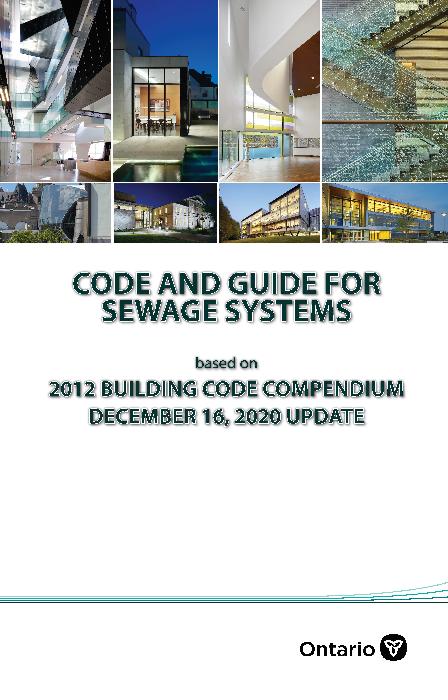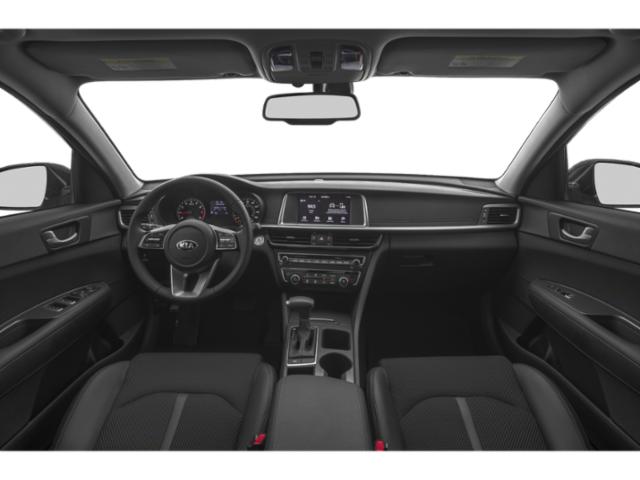

But you can save time by thinking of a plan first. No matter how skilled you are at searching, you'll need to use multiple tools, and try various search keywords, to do a good job on a research assignment. Writing and citing - see the page for advice on doing a literature review (or term paper) and citing your sources properly to avoid plagiarism.You can use a citation manager ( Zotero or Mendeley) to track what you find in your browser. Reviewing what you find - Are you finding relevant information or do you need to modify your strategy? You can always contact me for advice! It's also important to organize the documents you find to save time later.See the Books or the Research Article tabs for specific advice, and this guide. Searching at each place you've chosen - It's important to plan your search strategy, since it can be tricky to find scientific info, especially on a specific topic.And we have Design Codes and Standards (CSA) available here. If you are looking for the newest research on a very specific question, or your professor has told you to use peer-reviewed articles, you can use a Research Article database. If you are starting out and want an overview of a topic, look for Books and other background info here.

You should always use several search tools and types of sources for a good paper.
Ontario building code 2020 full#
From the same space described above, a person using a scooter, which requires a larger area to complete a full 360-degree turn, will most likely not be able to access the barrier-free stall. This is a step in the right direction, but it is still important to understand how people with disabilities use the space around them. This small change makes multi-stall washrooms more usable by providing a minimum turning circle for persons using small-sized mobility devices to maneuver when opening the stall door, while also providing the clearance to turn around if the barrier-free stall is occupied. This clearance supplements the existing requirement of a 1,500 mm diameter turning circle within a barrier-free stall.

Ontario building code 2020 update#
The goal should be to create a built environment that is accessible and usable by all people with disabilities.Īn important update that came into effect on 1 January 2020 was the addition of a 1,500 mm diameter turning circle in front of a barrier-free stall. The 2020 changes move Ontario in the right direction to achieving the goal of becoming an accessible province by 2025. There remains much to push for, and as placemakers we should strive to create a fully accessible built environment that exceeds the minimum accessibility standards within the OBC.

For more on what constitutes functional dimensions for persons using different types of mobility devices, you can check out the research project completed by the Center for Inclusive Design and Environmental Access (IDEA Center) detailed in this BDP Quadrangle blog post. These changes build upon the momentum of changes that came into affect 1 January 2015. Shower clear floor spaces, hardware, and accessories.Washroom clear floor spaces, hardware, and accessories.Barrier-free washroom enclosures, also known as single occupancy barrier-free washrooms.Additional application of opaque contrast strips on glazing.At the start of 2020, updates to the Ontario Building Code included added clarity and additional requirements as it relates to: Ontario continues to develop baseline accessibility standards within the Ontario Building Code (OBC).


 0 kommentar(er)
0 kommentar(er)
